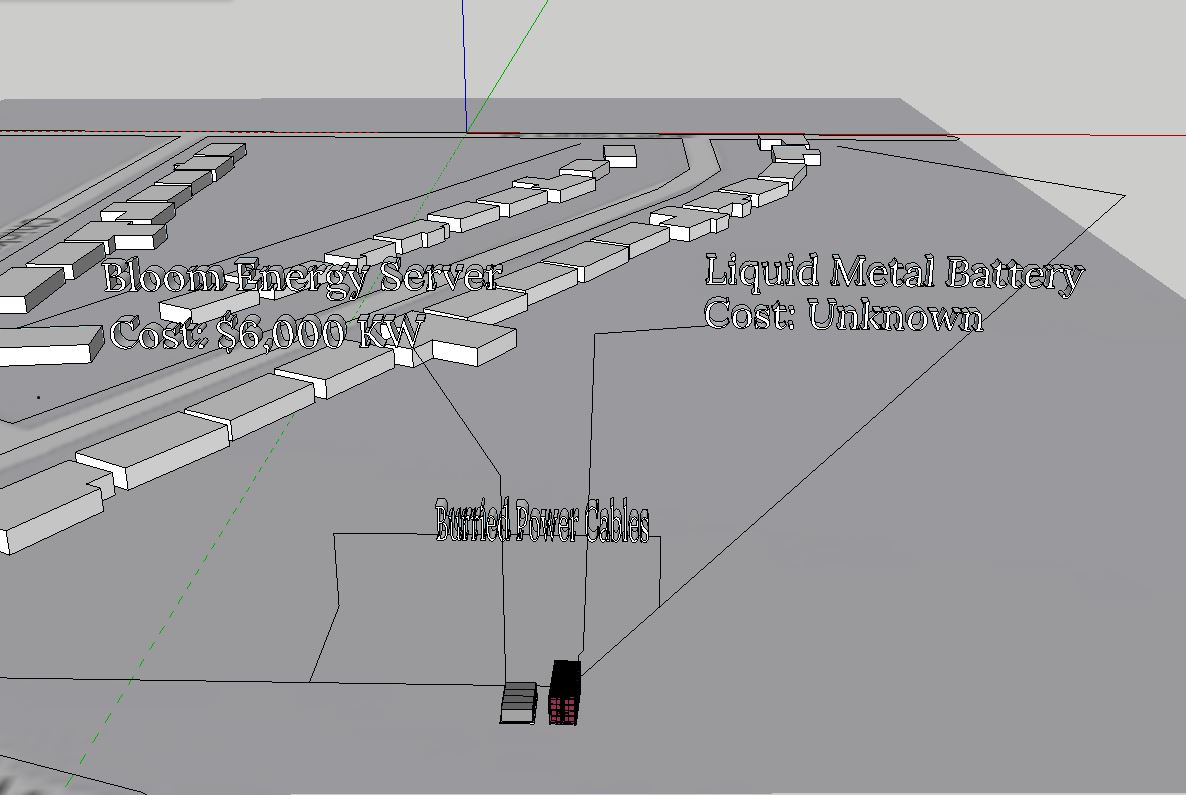Decentralization
Mon, Jul 13, 2020
Read in 3 minutes
Decentralization is a development pattern that could build resilience into existing communities or accelerate underdeveloped parts of the world. Decentralization can reduce overhead expenses freeing up capital to be invested in other areas. For some period of time this could have the effect of increasing a properties value very much in the same way any other property improvement does.

First off, let us make this clear, decentralization isn’t just about energy production and distribution. It could be sanitation, food, water, cellular microgrid and/or sharing of other resources to expand capabilities of a specific radius of an area. The example we are using is an energy production and distribution solution. It could help communities hedge against the effects of climate change, shore up the production capabilities of their local service area and positively impact the value and time on market of any property listed in the community that has such an installment.
Battery Storage
An efficient long-lasting storage technology is just as important as the device(s) chosen to generate electricity. Emerging technologies such as Liquid Metal Battery, AKA Ambri, is one that appears to surpass most currently available battery technologies. It won’t be commercially available until 2022, but this is the value-added properties listed on Ambri’s webpage.
- green
- safe
- reliable
- not temperature sensitive
- rapid response
- made from abundant available materials
- minimal fade
- quickly implemented
- scalable + modular
- lower cost
The battery metric that seemingly most impresses me is the charge/discharge cycle, this is an important metric that is used to estimate the longevity of the battery. Ambri projects a 20+ year lifetime for their product.
Expect tens of thousands of cycles and decades of operation without the degradation experienced by other battery chemistries.
Energy production
Decentralization could be a hot subject in the near future. The hotter it gets the less efficient transmissions lines become and the greater the tendency for people to put a heavier load on the grid, blasting the air conditioner, for example.
There are several technologies that can make on-site production viable. Fuel-cell technologies can reach efficiencies as high as 85-90% depending on what is done with waste heat. Fuel-cells are used for backup, in parallel or primary power purposes.
Bloom Energy lists these benefits installing a bloom micro-grid solution.
- 24 x 7 uninterruptible power
- Avoided T&D investments
- Improved power quality
- Energy security and resilience under threats
- Air pollutant reduction
- Reduced water usage
- Power factor and voltage profile improvement
Bloom’s Dynamic Microgrid enables a flexible electric “mini-grid” and allows for the integration of numerous distributed energy resources such as solar, wind, batteries, engine generators and CHP at large scale. Focused on flexibility and its dynamic ability, a Dynamic Microgrid is a standalone electrical grid that connects and interacts with the utility grid. This enables a customer to respond to ISO price signals and participate in the energy and ancillary services markets.
When your community micro-grid is generating more electricity than is being consumed, you’re home owners association will have a revenue stream to provide more improvements.